News and announcements from our committee chairs, board members, and chapter leaders. Subscribe to our mailing list to stay up to date. For chapter news, visit Chapters. If you are looking for a calendar of events, see our Events Calendar.

Second Annual Plant Sale – October 4, 2025
October 4, 2025 9:00am – 2:00pm Location: The McLoughlin Property, 1402 Church St., Brenham The LaBahia Chapter is having a PLANT SALE on October 4, 2025 in Brenham, Texas! Fall is the best time to plant trees and perennials for a beautiful Spring garden. Come early to get your favorites.

Wildscapes Workshop Speakers
Preview the speakers presenting at our event! We have a great lineup featuring landscape design, toad conservation, bat at work, and lighting the night right.

Oct. 1 – L&P Chapter Meeting: Native Milkweed 101 with Diana Black
Join us to learn step-by-step how to successfully germinate milkweed seeds and help create more habitat for Monarch Butterflies
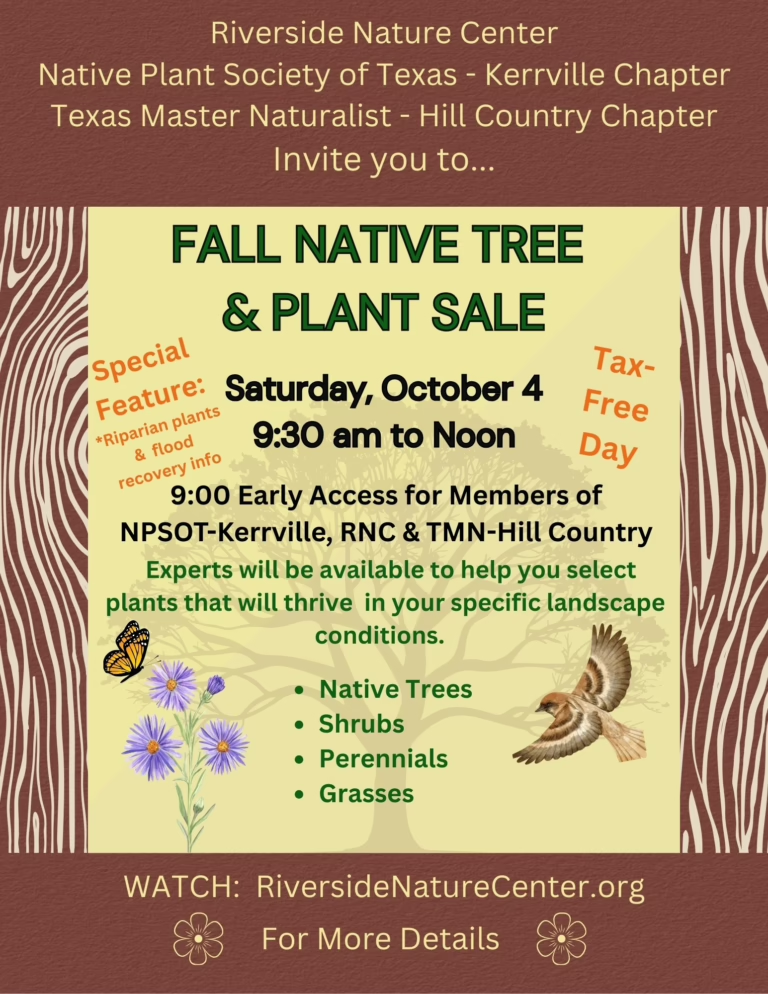
Fall Native Tree and Plant Sale October 4, 2025
Preliminary Availability List This is a preliminary list only. Please check back frequently to see updates.
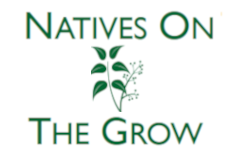
President’s Letters – 2025
2025 President’s Letters – Be sure to add all of the upcoming events to your calendar. January 2025February 2025 March 2025 April 2025 May 2025 September 2025

Boerne Chapter 25th Anniversary Celebration, Cibolo Nature Center Auditorium
Join us for a special celebration on Tuesday, October 7, as we mark our 25th anniversary! Whether you’re a current member, a past member, or someone who has helped shape our chapter’s journey, we’d love for you to join us. Come connect and reconnect with friends, share memories, and celebrate

August 2025 Plant of the Month
As summer turns to fall these yellow Senna attract pollinators and look gorgeous in your yard. Click on the plant below for more details
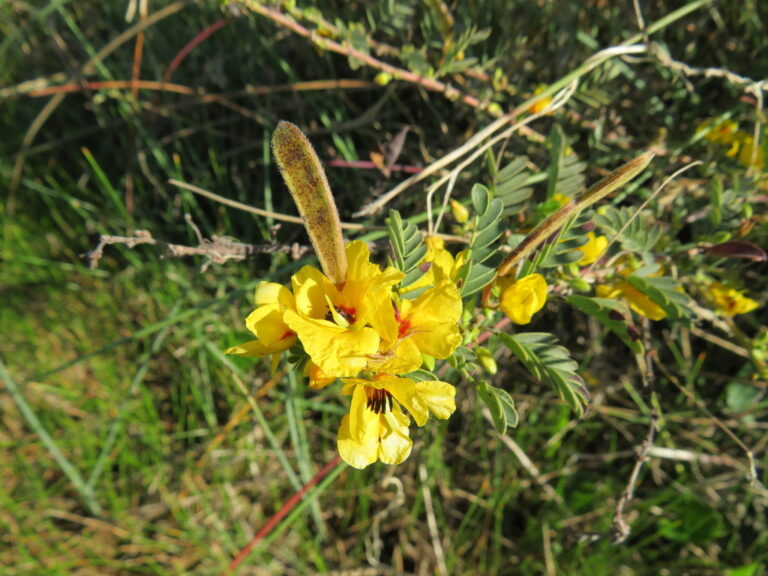
July 2025 Plant of the Month
This summer stunner is loved by pollinators and people. Click on the plant below for more details
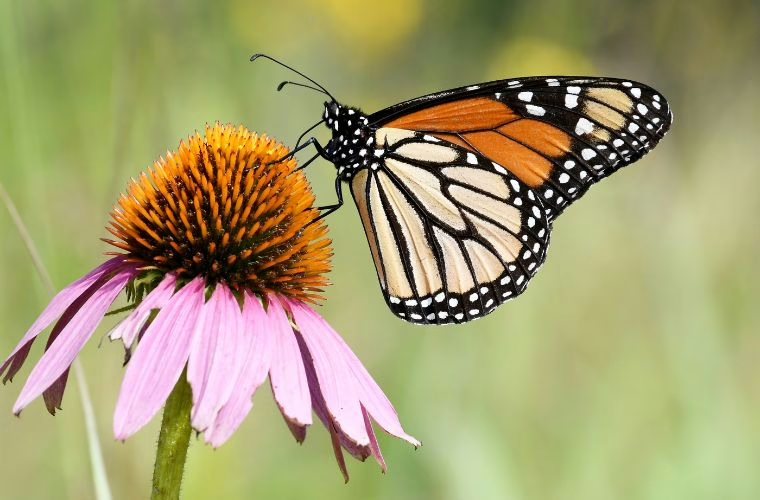
Chapter Meeting: Butterfly Gardening for Houston and the Texas Gulf Coast
Join us for an inspiring and illuminating journey into the magical lives of one of nature’s most wondrous creatures, the butterfly.

2025 Annual Awards Announcement
by the Native Plant Society of Texas Awards Committee A view of artist Samantha Melvin’s “Fleeting Landscapes” public murals in Round Rock, Texas. Every year the Native Plant Society of Texas recognizes organizations and individuals that advance our mission. Their work will be honored during our 2025 Fall Symposium held
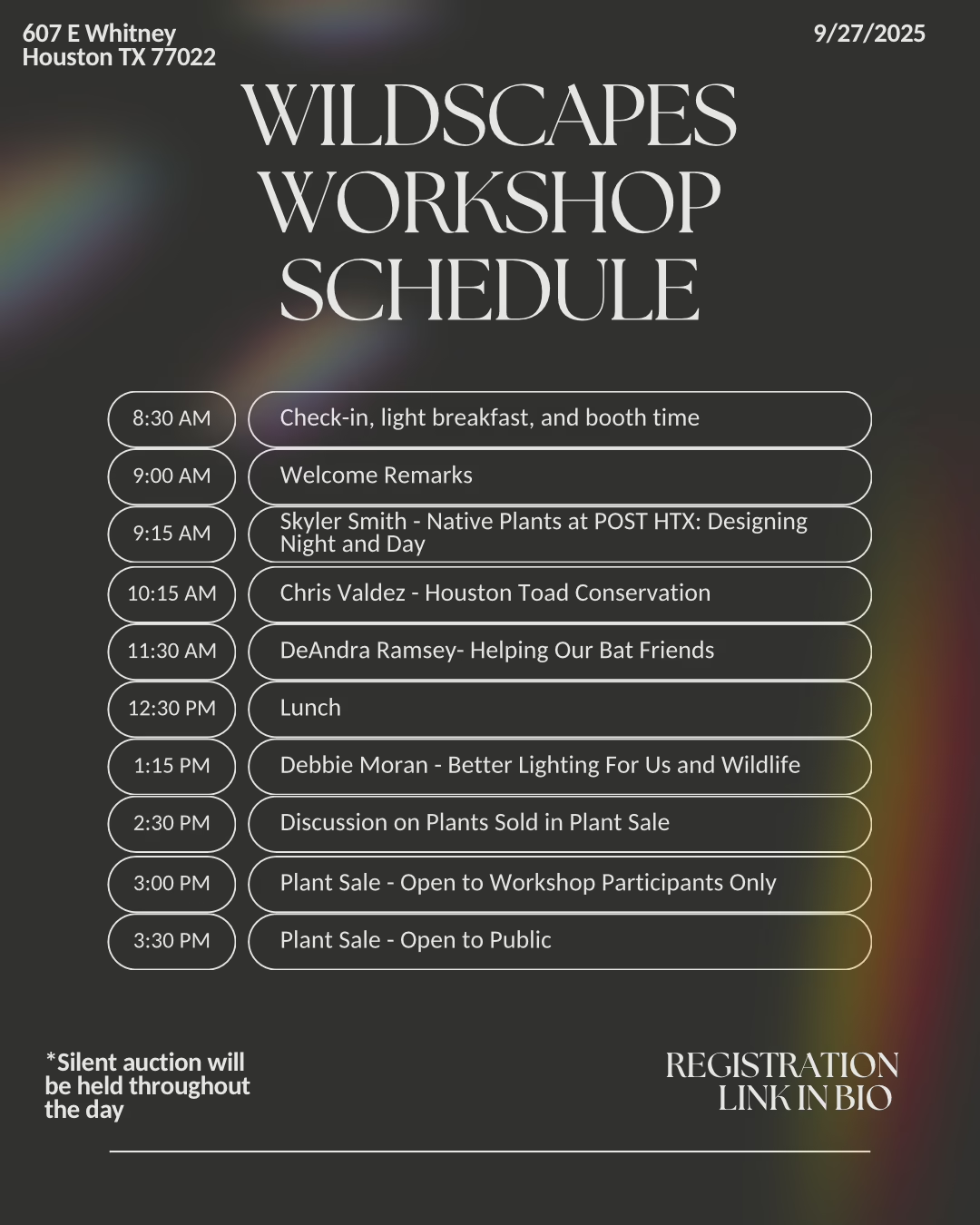
Wildscapes Workshop Lineup
Check out the lineup of activities for the day and get yourself registered. We will be selling yard signs, NPSOT merch, books, and of course native plants! There will be a silent auction and raffle throughout the day, and exhibitors on hand to include native landscape design firms and other like-minded non-profit organizations.

Countdown to the Big Day — North Texas Giving Day on September 18!
The countdown is on! In just one week—Thursday, September 18 — is North Texas Giving Day. Have you supported the NPSOT Collin County Chapter yet? Here’s why now is the perfect time: Let’s make this Giving Day one to remember, with gardens blooming and pollinators thriving thanks to you. Together,


